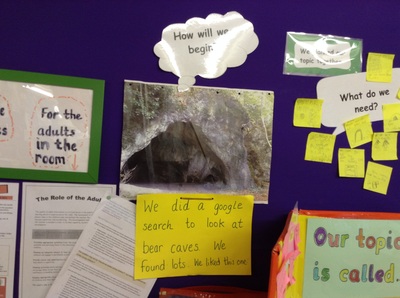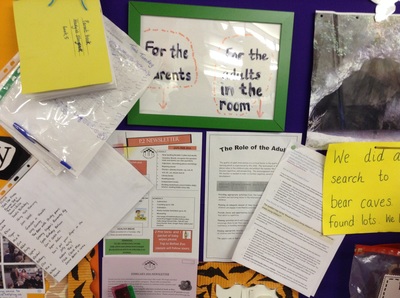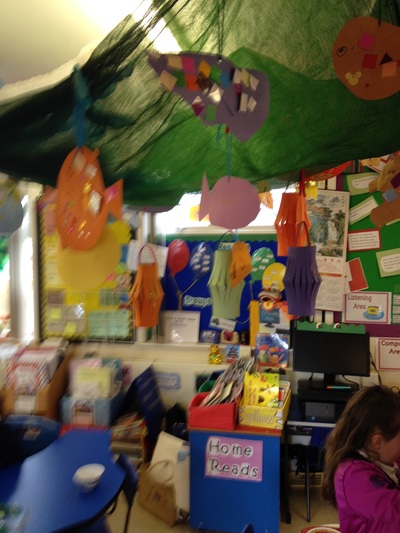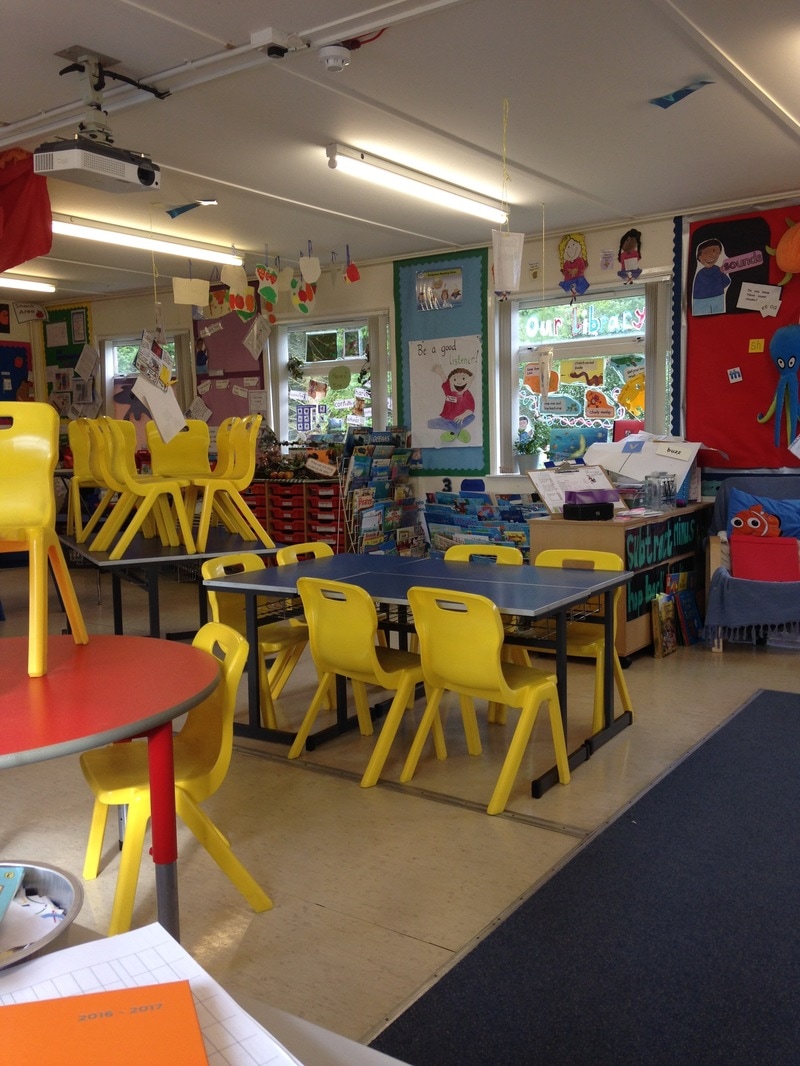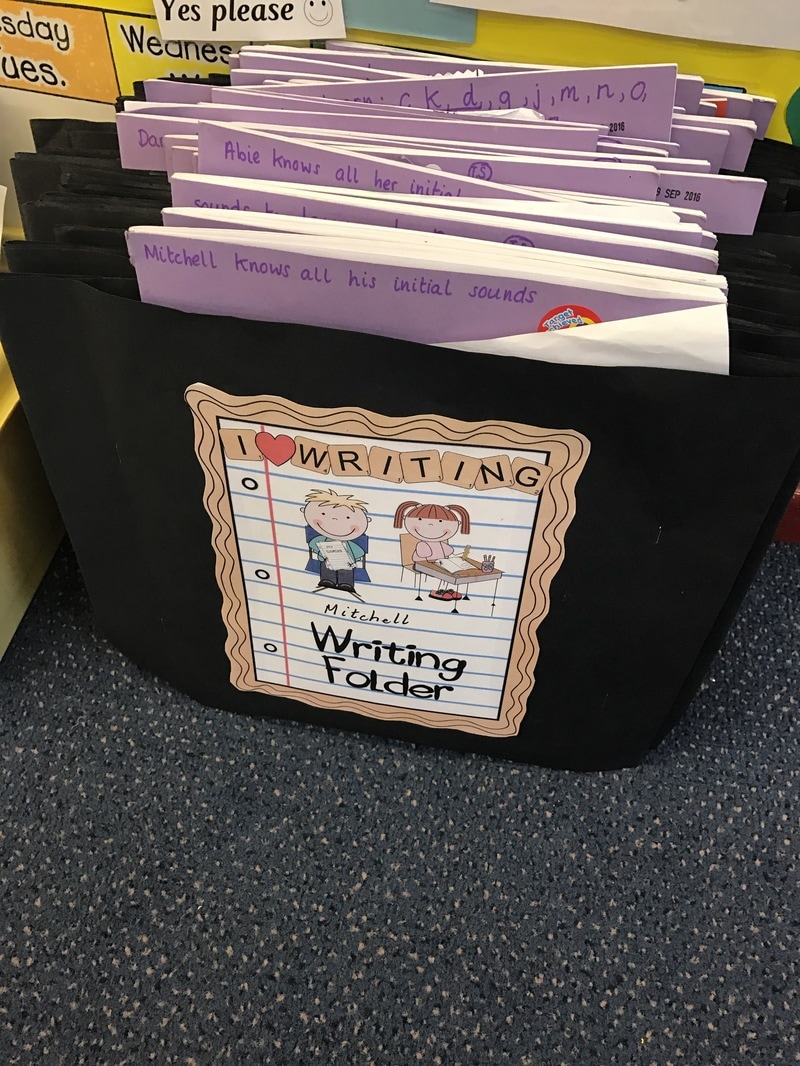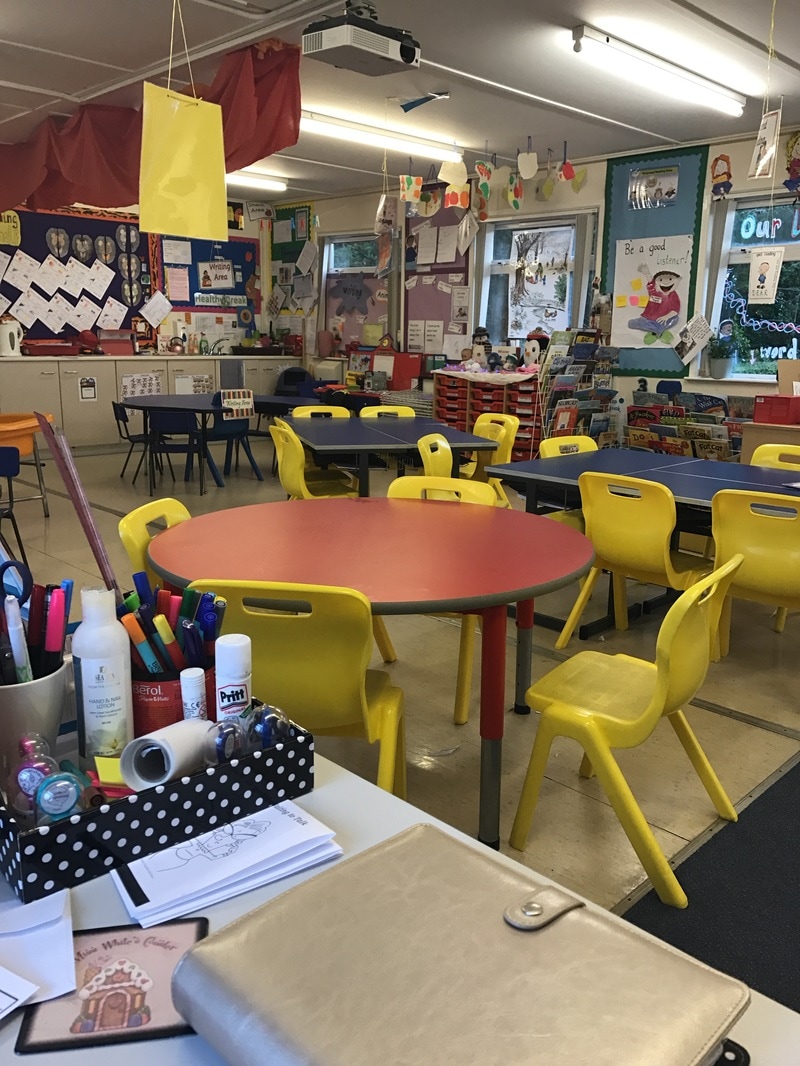WHAT IS INCLUSION?
Inclusion educational practice recognises and accepts diversity within the community. Every child is valued and welcomed into your classroom.
So how do you set up an inclusive system?
First of all you need to recognise why inclusion needs to be promoted and exclusion needs to be removed from your classroom:
Close your eyes and remember a time when you walked into a room and did not belong. We have all experienced this as adults and it's that sinking feeling and the loneliness that makes your stomach churn uncontrollably. How did you react? How did you feel after the event? Think about these feeling and decide whether or not you want a child in your class to feel this way. Of course the answer is NO! Children need to be protected from exclusion. How can we as teachers ensure that it does not happen?
As teachers we need to become more open and flexible and embrace inclusion and work out systems in our classrooms that remove barriers to learning and ensure that children feel comfortable and part of the classroom; a valued member.
As teachers we need to look at:
FRIENDSHIPS, CLASSROOM MANAGEMENT, SEATING ARRANGEMENTS, OUR CURRICULUM AND OUR SUPPORT ARRANGEMENTS. THEN WE NEED TO LOOK AT OURSELVES: INCLUSION IS A MINDSET.
Friendships - we can teach children how to establish friendships in our classrooms.
Expecting everyone to walk into our classrooms and suddenly form friendships and feel a member of our classroom is unrealistic. Especially in the the Early years sector. Children at this age tend to be egocentric. It's all about them - "me, me, me" To see a friendly classroom - we need to see caring children working as a team, helping each other and receiving help with thanks. These are skills that do not come easy to all Early years children but these are Skills that can be taught. These skills can be taught through simple social stories and drama activities.
Your classroom management - your classroom management needs to be top-notch.
This is where you will focus on your classroom rules and the consequences and rewards that you have set in place in your classroom. Do these rules work? How do I know? What are my next steps?
Your seating arrangements - would you consider flexible seating?
Your curriculum planning - are all learners catered for in your planning? What are the barriers to learning in your classroom and how can you address these issues? Do you need to make changes in your planning?
We will also take a close look at our support arrangements. Do you have children in your class that needs to go on an I.E.P. (Individual Education Plan)?
Finally we need to look at ourselves. In the end of the day Inclusion starts with an I. Let's look at our instruction our teaching. Are we creating barriers ourselves? Are we catering for all the learners in our classroom?
At the moment I am creating a course on teachable on inclusion. The course looks at all of the above and provides valuable resources for you to use in your classroom to make it inclusive.
The course will provide you with a link to a Trello board with a variety of social stories that you can use within your classrooms. You will be amazed at how effective these are with promoting friendships.
This course will also provide you with effective drama activities that will promote strong friendships within your classroom.
You will receive a PowerPoint assisting you in answering questions on your classroom management plan.
This course will provide you all the information and research that you will need on flexible seating and why it works. You will also receive valuable resources on flexible seating.
In this course you will learn how to write I.E.Ps - look at good examples and create your own for pupils in your classroom.
It will be a self-reflective course and it's overall aim is for you to support inclusive classrooms and promote inclusion in every room your enter. This course will be available on teachable in January 2019.
Let's do this! Decide right now that you are setting in place high expectations for each of your pupils and decide that you are going to complete this course to make inclusion happen!
Meanwhile let's check out my classroom:
Before my new class arrives I ensure that all the boards are bright and new. Each board represents a subject.
I have a task board ( for Literacy), a reading board and a window with balloons - with the reading groups displayed. I have an I.C.T. board and a small area for Health and Safety - that includes our fire drill/ pupil names and a list of children who have medical issues. I then have a Numeracy/ Number board, P.B.L (Play based Learning) , Topic board and Break as a Learning opportunity board. I have a writing area board, Library board and Reciprocal Reading board. I also have a sound board and Word board. Finally we have two boards on either side of the interactive Whiteboard - one being our behaviour plan and our House Points and the other is our Birthday board and Weather board.
Inclusion educational practice recognises and accepts diversity within the community. Every child is valued and welcomed into your classroom.
So how do you set up an inclusive system?
First of all you need to recognise why inclusion needs to be promoted and exclusion needs to be removed from your classroom:
Close your eyes and remember a time when you walked into a room and did not belong. We have all experienced this as adults and it's that sinking feeling and the loneliness that makes your stomach churn uncontrollably. How did you react? How did you feel after the event? Think about these feeling and decide whether or not you want a child in your class to feel this way. Of course the answer is NO! Children need to be protected from exclusion. How can we as teachers ensure that it does not happen?
As teachers we need to become more open and flexible and embrace inclusion and work out systems in our classrooms that remove barriers to learning and ensure that children feel comfortable and part of the classroom; a valued member.
As teachers we need to look at:
FRIENDSHIPS, CLASSROOM MANAGEMENT, SEATING ARRANGEMENTS, OUR CURRICULUM AND OUR SUPPORT ARRANGEMENTS. THEN WE NEED TO LOOK AT OURSELVES: INCLUSION IS A MINDSET.
Friendships - we can teach children how to establish friendships in our classrooms.
Expecting everyone to walk into our classrooms and suddenly form friendships and feel a member of our classroom is unrealistic. Especially in the the Early years sector. Children at this age tend to be egocentric. It's all about them - "me, me, me" To see a friendly classroom - we need to see caring children working as a team, helping each other and receiving help with thanks. These are skills that do not come easy to all Early years children but these are Skills that can be taught. These skills can be taught through simple social stories and drama activities.
Your classroom management - your classroom management needs to be top-notch.
This is where you will focus on your classroom rules and the consequences and rewards that you have set in place in your classroom. Do these rules work? How do I know? What are my next steps?
Your seating arrangements - would you consider flexible seating?
Your curriculum planning - are all learners catered for in your planning? What are the barriers to learning in your classroom and how can you address these issues? Do you need to make changes in your planning?
We will also take a close look at our support arrangements. Do you have children in your class that needs to go on an I.E.P. (Individual Education Plan)?
Finally we need to look at ourselves. In the end of the day Inclusion starts with an I. Let's look at our instruction our teaching. Are we creating barriers ourselves? Are we catering for all the learners in our classroom?
At the moment I am creating a course on teachable on inclusion. The course looks at all of the above and provides valuable resources for you to use in your classroom to make it inclusive.
The course will provide you with a link to a Trello board with a variety of social stories that you can use within your classrooms. You will be amazed at how effective these are with promoting friendships.
This course will also provide you with effective drama activities that will promote strong friendships within your classroom.
You will receive a PowerPoint assisting you in answering questions on your classroom management plan.
This course will provide you all the information and research that you will need on flexible seating and why it works. You will also receive valuable resources on flexible seating.
In this course you will learn how to write I.E.Ps - look at good examples and create your own for pupils in your classroom.
It will be a self-reflective course and it's overall aim is for you to support inclusive classrooms and promote inclusion in every room your enter. This course will be available on teachable in January 2019.
Let's do this! Decide right now that you are setting in place high expectations for each of your pupils and decide that you are going to complete this course to make inclusion happen!
Meanwhile let's check out my classroom:
Before my new class arrives I ensure that all the boards are bright and new. Each board represents a subject.
I have a task board ( for Literacy), a reading board and a window with balloons - with the reading groups displayed. I have an I.C.T. board and a small area for Health and Safety - that includes our fire drill/ pupil names and a list of children who have medical issues. I then have a Numeracy/ Number board, P.B.L (Play based Learning) , Topic board and Break as a Learning opportunity board. I have a writing area board, Library board and Reciprocal Reading board. I also have a sound board and Word board. Finally we have two boards on either side of the interactive Whiteboard - one being our behaviour plan and our House Points and the other is our Birthday board and Weather board.
|
|
I have started copying on very bright paper and my class love these! A change from the normal white page. I order mine from Amazon. At the moment I am working out what to print on these mega bright pages. I don't want to overwhelm my classroom. Once I have a good balance I will post more photographs.
|


